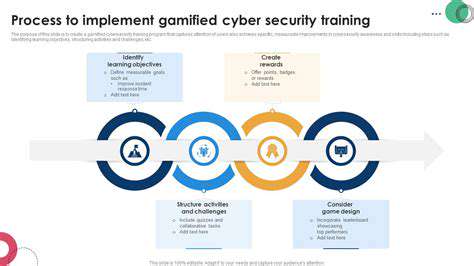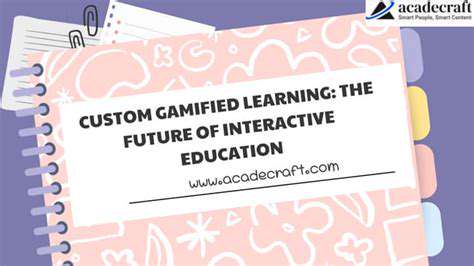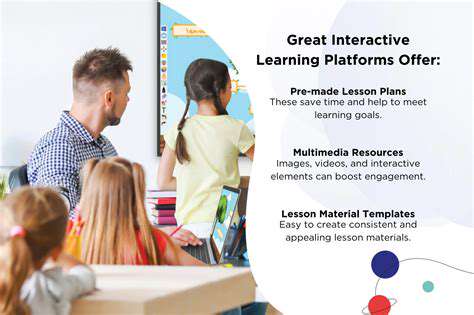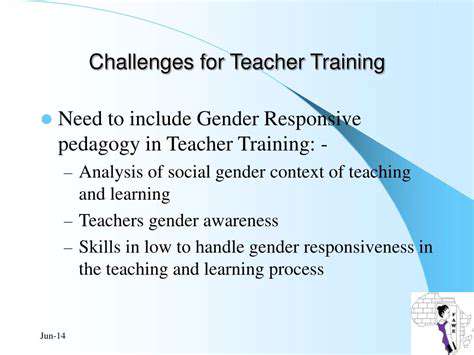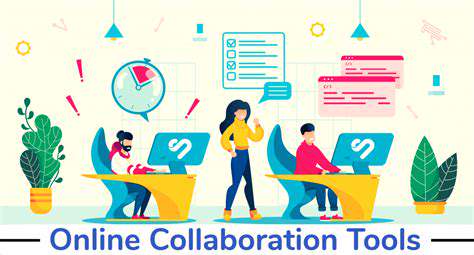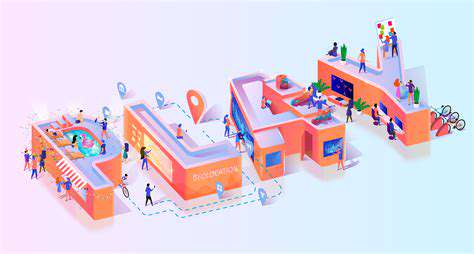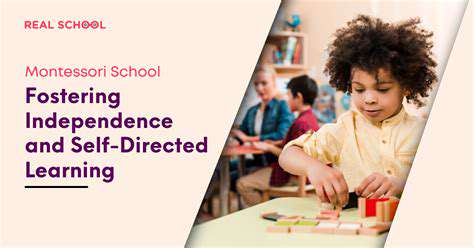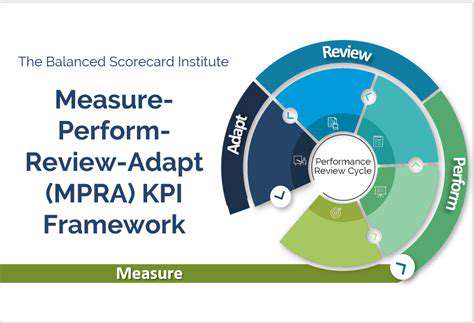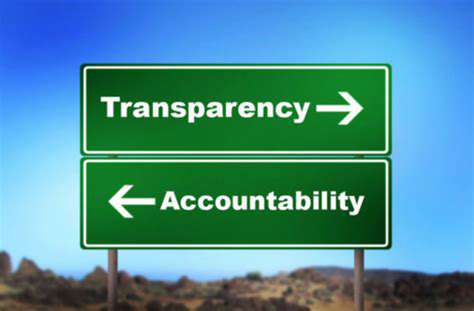EdTech for Neurodiversity: Tailoring Learning Experiences
Gamification and Interactive Learning: Engaging Diverse Learners
Understanding Gamification in Education
Gamification transforms education by incorporating game elements such as points, badges, and leaderboards to boost learner motivation. Rather than just adding games to lessons, it strategically embeds game mechanics to enhance engagement, collaboration, and knowledge retention. The most effective gamification aligns these mechanics with clear learning objectives, ensuring the experience is both enjoyable and educationally valuable.
A major benefit of this approach is making learning more dynamic and less monotonous. When students view education as an interactive experience, they're more likely to stay engaged and contribute actively to their learning environment.
Interactive Learning Platforms and Tools
Modern interactive learning platforms provide diverse activities tailored to different learning preferences. These tools leverage multimedia, simulations, and virtual environments to create immersive experiences beyond traditional textbooks. Their adaptability allows educators to customize content for individual student needs and learning speeds.
Interactive simulations, for example, enable learners to explore complex concepts in risk-free settings, reducing anxiety about mistakes and promoting hands-on experimentation.
Catering to Diverse Learning Styles
Gamification and interactive learning excel at addressing varied learning styles where traditional methods often fall short. Whether visual, auditory, or kinesthetic learners, these approaches provide multiple engagement pathways through visual aids, hands-on activities, and audio feedback systems. This versatility can dramatically improve educational outcomes across diverse student populations.
Neurodiversity and Inclusive Learning
Recognizing neurodiversity means accepting the spectrum of cognitive and learning differences. Students with conditions like autism, ADHD, or dyslexia frequently struggle in conventional classrooms. Interactive and gamified methods offer alternative information processing pathways, creating more accessible learning environments that celebrate individual differences.
Adaptability and Personalized Learning
Many interactive platforms feature adaptive learning technologies that modify content difficulty based on student performance. This personalization ensures appropriate challenge levels and targeted support, crucial for accommodating diverse learning paces. Immediate, specific feedback helps students identify improvement areas and actively participate in their educational growth.
Engaging Students with Motivation and Rewards
Gamified systems often include motivational elements like points and leaderboards. When designed thoughtfully, these incentives can positively reinforce learning rather than just rewarding superficial achievements. Properly implemented, they can significantly increase student enthusiasm and academic performance.
Assessing Learning Effectiveness Through Data
Interactive platforms generate valuable performance and engagement data. Educators can analyze this information to refine teaching strategies, identify struggling areas, and continuously improve the learning experience. This data-driven approach enables ongoing adaptation to student needs.
Creating Inclusive Learning Communities: Fostering Collaboration and Support
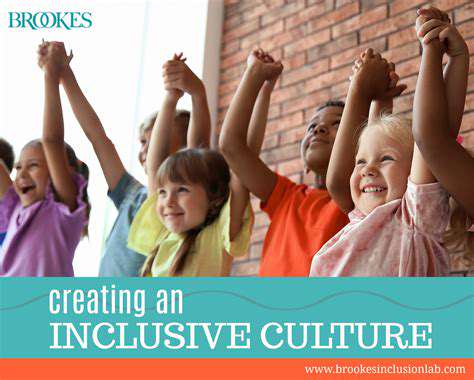
Fostering a Culture of Respect
Building an inclusive learning environment begins with cultivating mutual respect where all students feel valued. Developing empathy and active listening skills is fundamental, helping students understand how their words and actions affect peers. Addressing subtle biases, whether intentional or not, is crucial for community building.
Providing platforms for students to share perspectives strengthens community bonds. Open discussions, collaborative projects, and responsive teaching practices create spaces where everyone feels heard and respected.
Addressing Diverse Learning Needs
True inclusion requires recognizing and accommodating different learning approaches. This involves understanding varied processing styles, implementing differentiated instruction, and providing appropriate support services like tutoring or assistive technologies.
Flexible approaches such as blended learning or project-based activities accommodate diverse needs. Alternative assessments and adaptable schedules further support students with different learning rhythms.
Promoting Collaboration and Teamwork
Collaborative learning fosters inclusivity by allowing students to learn from each other's perspectives while developing social-emotional skills. Group activities create belonging and mutual support networks that enhance the educational journey. These experiences also build essential skills like communication, compromise, and conflict resolution.
Utilizing Technology for Inclusivity
Technology dramatically expands learning accessibility. Digital tools provide diverse materials catering to various learning preferences, while assistive technologies enable full participation for students with disabilities. Online platforms can transcend geographical limitations, connecting learners from different backgrounds.
Interactive digital environments facilitate discussions, collaborative projects, and idea-sharing, creating inclusive spaces that embrace diversity.
Read more about EdTech for Neurodiversity: Tailoring Learning Experiences
Hot Recommendations
- Attribution Modeling in Google Analytics: Credit Where It's Due
- Understanding Statistical Significance in A/B Testing
- Future Proofing Your Brand in the Digital Landscape
- Measuring CTV Ad Performance: Key Metrics
- Negative Keywords: Preventing Wasted Ad Spend
- Building Local Citations: Essential for Local SEO
- Responsive Design for Mobile Devices: A Practical Guide
- Mobile First Web Design: Ensuring a Seamless User Experience
- Understanding Your Competitors' Digital Marketing Strategies
- Google Display Network: Reaching a Broader Audience



